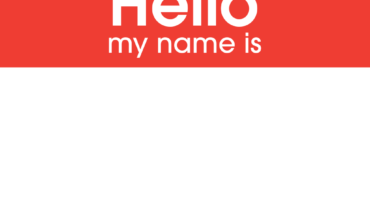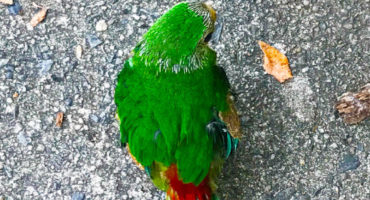Redefining Community
The evolution of new media has intrinsically redefined this nation’s concepts of community. Growing up in the small towns of Ohio, communities for me were always close and clearly defined. Friends, families, churches and schools were connected through location, similar perspectives and shared goals. Communities today extend beyond local definitions and proximity. Technology empowers people from diverse locations and different cultures to explore and collaborate on new solutions together. People are connected now in ways that many of us hadn’t even anticipated. Every day, you can call, email, text, put up video, download video, always a new opportunity – for some a joy, for others a strain to keep up. For me, working with people to embrace, understand and utilize this new definition of community to their benefit has become a primary goal. Opportunities are here, but unless they are made fully accessible to extended audiences, only a small group will reflect the next step in defining community.
I experienced personally this idea of an extended community after my mother encouraged me to go overseas for school. Until I left the States and interacted with people from other countries and cultures, I was convinced there was nothing more challenging than growing up as an African-American woman in America. After I went to Switzerland, worked at the United Nations, learned about NGO’s, Apartheid, Dith Pran and the Killing Fields, I realized that my concepts of challenges, adversity and even prosperity were limited to my experiences in the States. I maintained my relationships with people overseas and those relationships continue to flourish with all the advances in communications and new media.
While completing my master’s degree at New York University’s Interactive Telecommunications Program (ITP), I met my business partner, Younghui Kim. She and I both wanted to explore digital storytelling and bring cultural images into new media. Though both of us were recruited by various companies while still in school, we decided to start Missing Pixel to create unique and necessary solutions. One community solution that relates to this conference agenda is the Face of MS. The MS Society wanted to put a face on multiple sclerosis. We constructed for them one face made of multiple faces to form one person. Inspired by Chuck Close, we wanted to bring a true face to this condition. The site (www.faceofms.org) received over 3 million hits and provided a tool for people around the nation to put up their images, videos and personal stories. This mosaic is a tool for this community and expanded the ways in which they interact. Solutions like this we feel could be shared with other non-profits to assist in meeting their goals. We have developed a distinct process and methodology to develop these types of projects.
My hope in attending this conference is to meet with people who have been working on the similar issues as well as share some of the solutions we have developed.
Michelle Halsell
Co-Founder/ CEO Missing Pixel



